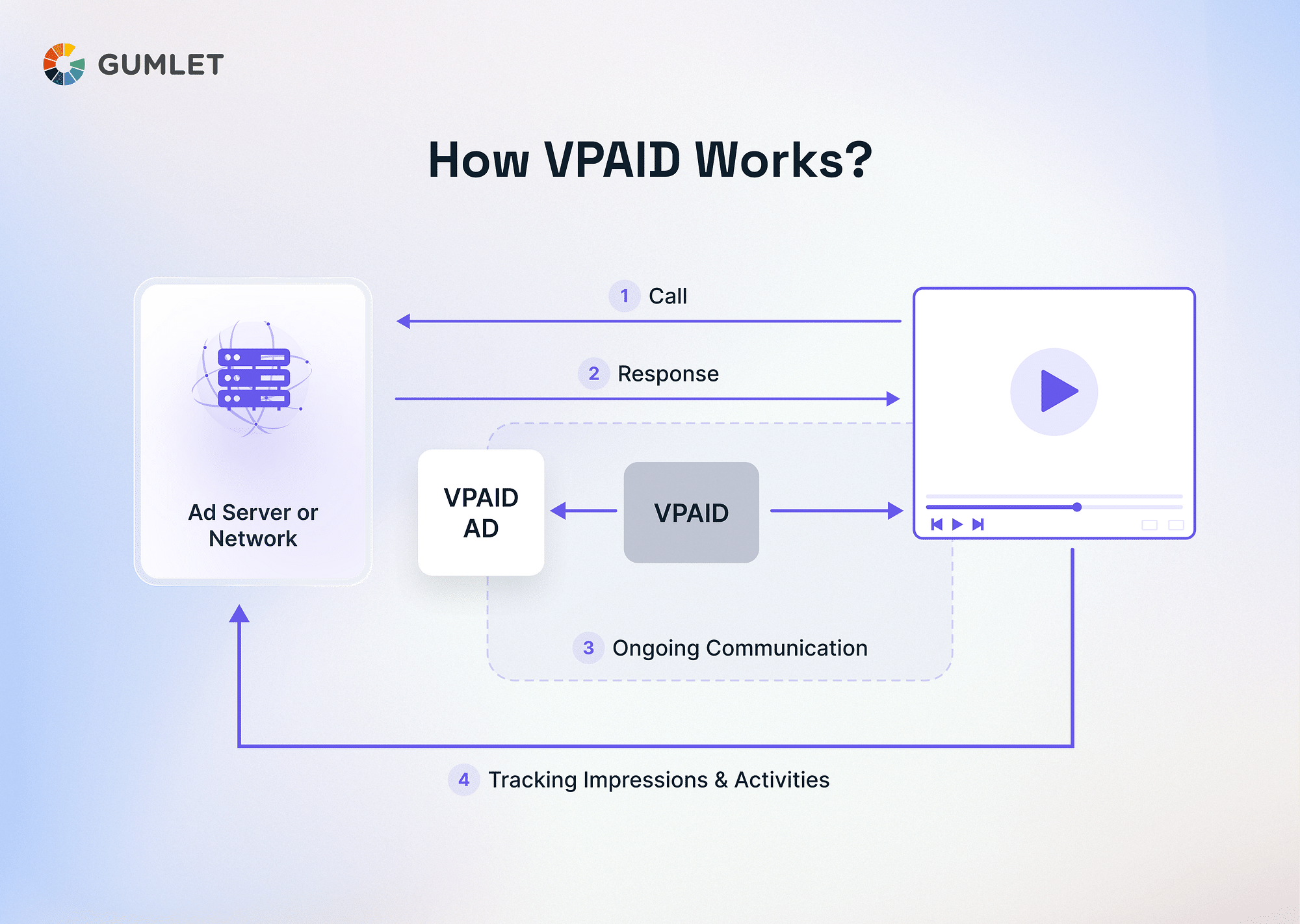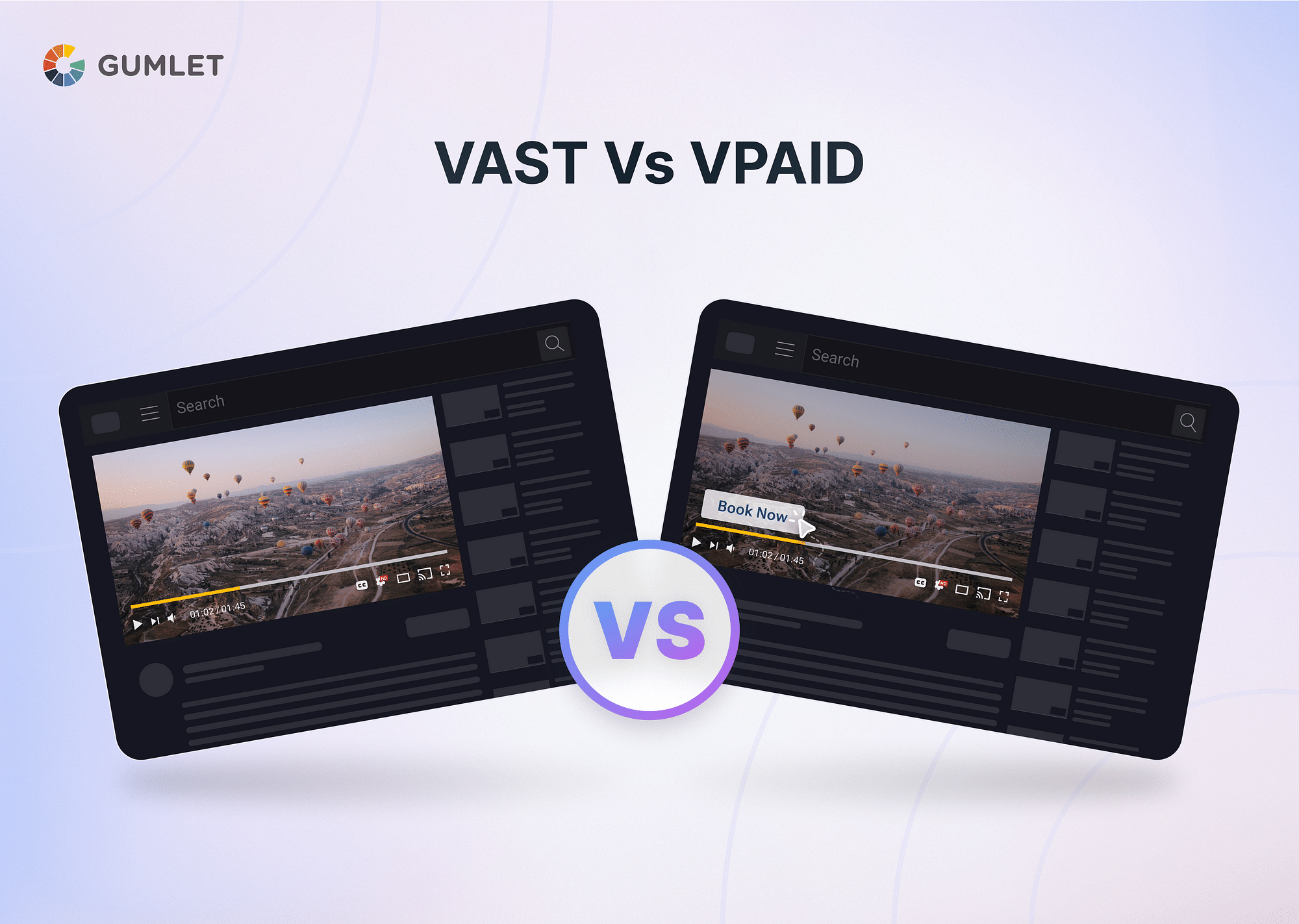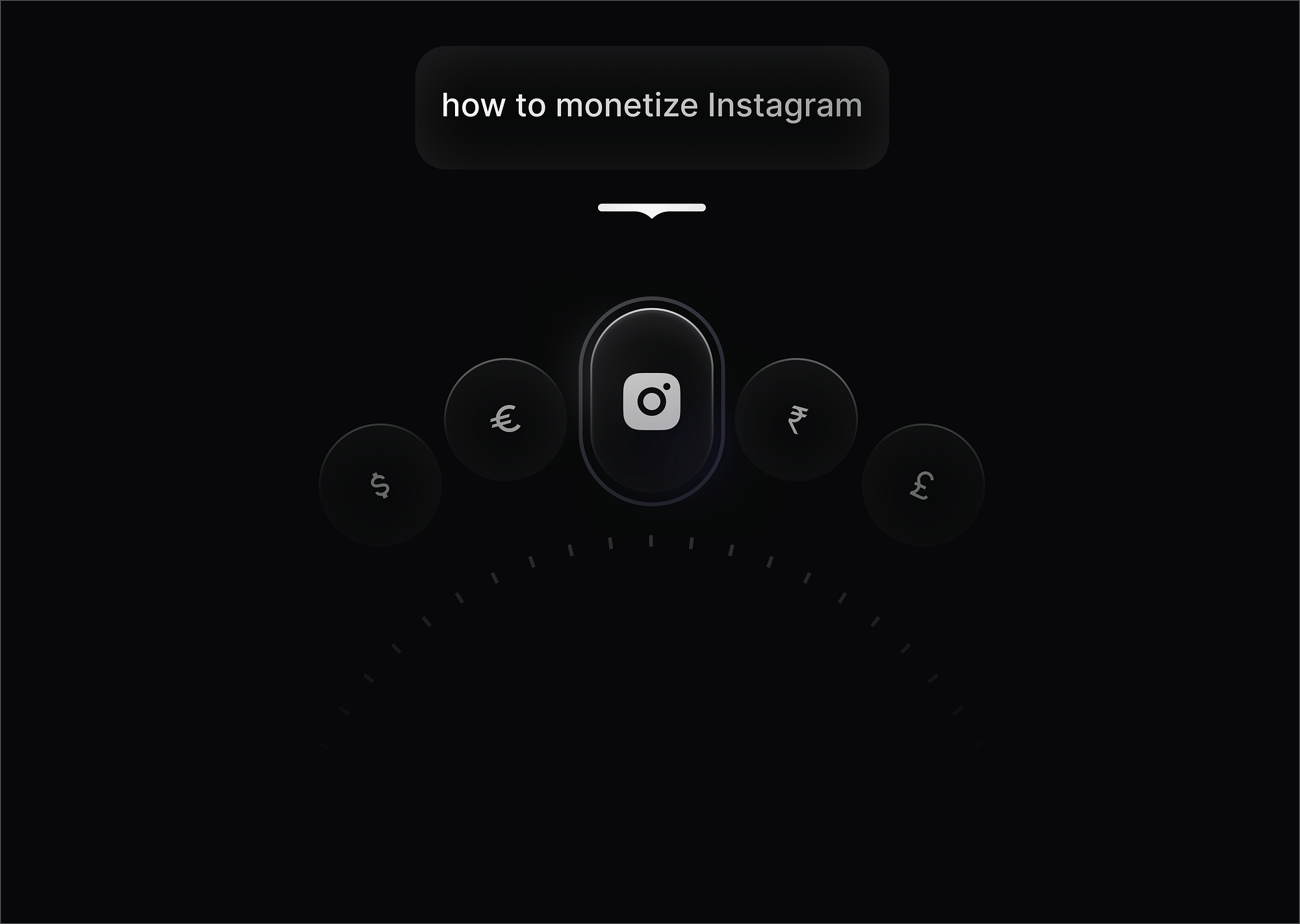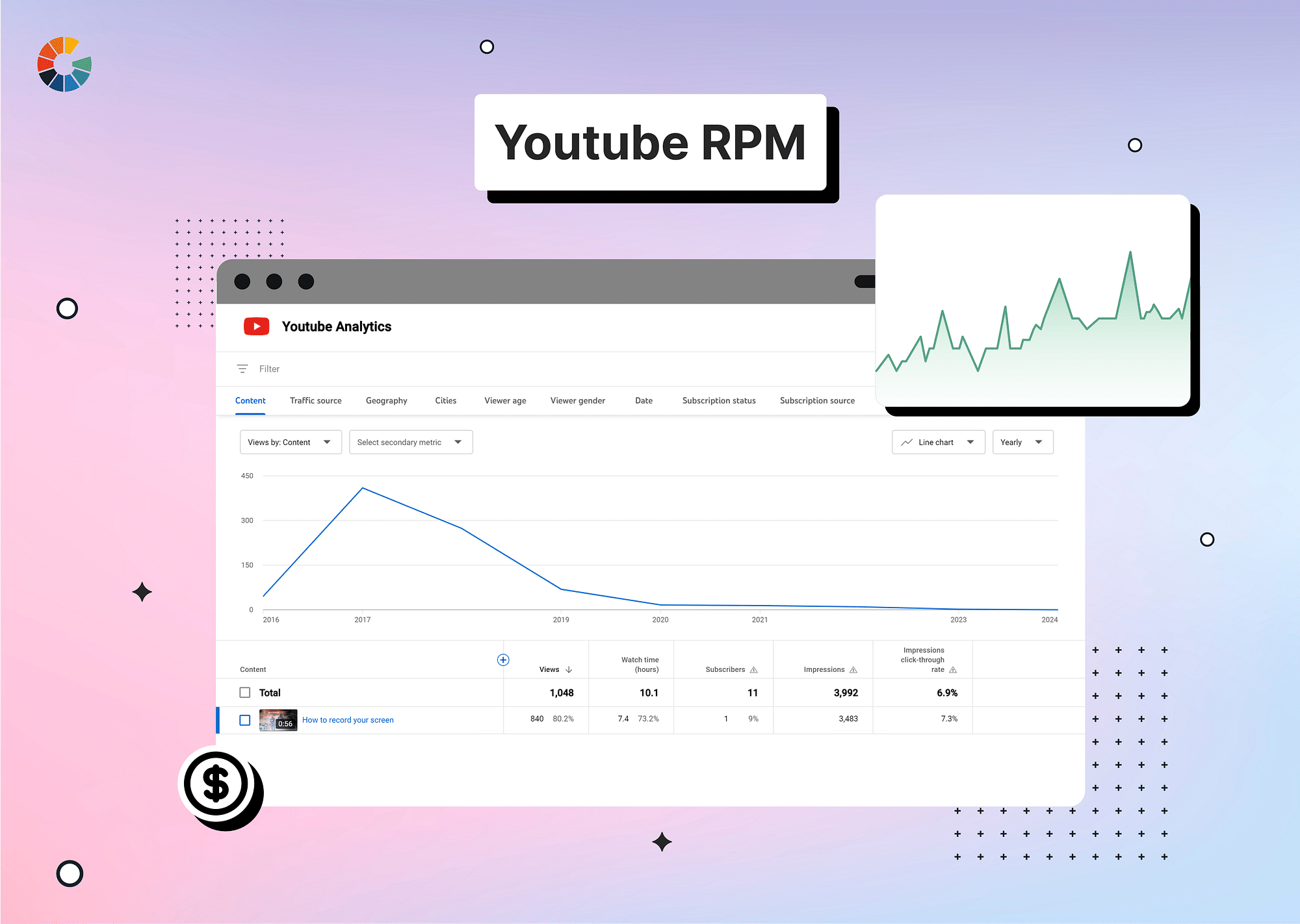Introduction
In video advertising, two terms often come up: VAST and VPAID. Understanding the difference between VAST and VPAID is crucial for anyone involved in video ad-serving technology.
What is VAST?
VAST, or Video Ad Serving Template, is a specification developed by the IAB for serving video ads. It provides a standardized way for video players to communicate with ad servers, ensuring that video ads can be served across different platforms and devices.
Interested in diving deeper? Check out our blog on How to create a vast tag. For a hands-on example, you can refer to this example on GitHub.
Pros and Cons
Here are some of the pros and cons of using VAST tags.
Pros:
- The standardized format ensures compatibility across platforms.
- Simplifies the process of serving video ads.
- Allows for linear, non-linear, and companion ads.
Cons:
- Limited to basic video ad functionalities.
- Doesn't support interactive or rich media ads.
How does VAST work?
Here is a basic overview of how VAST works:
- XML Structure: VAST uses an XML structure to define how video ads should be delivered and presented. This XML contains information about the media files, click-through URLs, tracking events, and more.
- Ad Retrieval: When a video player is ready to display an ad, it requests the VAST XML from the ad server. The ad server responds with the appropriate VAST XML for displaying the ad.
- Media File Selection: The VAST XML can contain multiple media files in different formats and resolutions. The video player selects the most appropriate media file based on its capabilities and the viewer's device.
- Ad Playback: The video player then plays the ad using the media file's URL provided in the VAST XML. It can be a linear ad (like a traditional TV commercial) or a non-linear ad (like an overlay).
- Tracking: Throughout the ad playback, the video player sends tracking requests to the URLs specified in the VAST XML for various events, such as when the ad starts, when it's viewed to completion, or when it's clicked.
For enhanced VAST tag support and seamless integration, check out Gumlet.
What is VPAID?
VPAID, or Video Player-Ad Interface Definition, is a more advanced video ad-serving technology. It allows for rich media and interactive video ads, providing a more engaging experience for viewers. VPAID ads are essentially mini-applications that run inside the video player. They can gather detailed metrics about user interactions, making them invaluable for advertisers.
In the world of video ad-serving platforms, VPAID stands out due to its ability to offer a more dynamic and interactive ad experience. For instance, a VPAID ad might allow users to interact with it, such as clicking on a product to learn more.
For a practical understanding, here's a VPAID example on GitHub.
Pros and Cons
Here are some of the pros and cons of VPAID.
Pros:
- Supports interactive and rich media ads.
- Provides detailed metrics on user interactions.
- Offers a more engaging ad experience.
Cons:
- More complex to implement than VAST.
- It might not be supported on all video players.
How does VPAID work?

Here’s a brief overview of VPAID and how it works: VPAID stands for Video Player-Ad Interface Definition. It's a script that runs inside the video player.
- The VPAID script is loaded and executed within the player when a video ad is requested.
- The VPAID ad unit establishes communication with the video player, allowing two-way interaction.
- This two-way communication makes the ad more interactive, allowing viewers to engage by clicking, swiping, or entering information.
- VPAID can dynamically adjust the ad content based on real-time data, such as user behavior or external factors like weather.
- It captures detailed metrics about how viewers interact with the ad, such as pauses, clicks, and completions.
- After displaying the ad, the VPAID script ensures that the main video content resumes playback.
Now, let’s look at some salient differences between VAST and VPAID.
VAST vs VPAID: The Key Differences
Here are some of the key differences between VAST and VPAID:
| Feature | VAST | VPAID |
|---|---|---|
| Purpose | Designed to deliver basic video ads. | Designed for interactive video ads with enhanced functionalities. |
| Interactivity | Limited to basic video playback. | High level of interactivity, allowing viewers to engage with the ad content. |
| Metrics Collection | Provides basic metrics like impressions and video completions. | Offers detailed metrics on user interactions, such as clicks, pauses, and engagement duration. |
| Implementation Complexity | Relatively simple, with standardized XML format. | More complex due to the need for scripting interactive elements and ensuring compatibility. |
| Compatibility | High compatibility across various video players and platforms. | Varies based on the video player's support for VPAID functionalities. |
| Flexibility | Fixed format with predefined ad content. | Dynamic, allowing for real-time adjustments to ad content based on user behavior or external data sources. |
| Ad Types Supported | Supports linear, non-linear, and companion ads. | Supports a wider range of ad types, including interactive and rich media ads. |
| User Experience | Provides a straightforward video ad experience without interruptions. | Offers a more engaging and interactive ad experience, which can be tailored to the viewer's preferences. |
| Security | Generally secure as it's mostly passive content. | Requires more scrutiny due to the interactive nature, which might introduce vulnerabilities if not managed. |
| Ad Loading Mechanism | Ad content is pre-defined and loaded based on the VAST XML provided by the advertiser. | Ad content can be loaded and adjusted dynamically based on the VPAID script's instructions. |
Which video ad-serving technology should you choose?
The choice between VAST and VPAID largely depends on your advertising goals. VAST might be the way to go if you're looking for a simple, straightforward way to serve video ads across various platforms. However, if you're aiming for a more interactive and engaging ad experience with detailed metrics, VPAID is the better choice.
With Gumlet, you get robust VAST tag support, ensuring that your video ads reach a wider audience seamlessly.
What are VMAP and MRAID?
VMAP (Video Multiple Ad Playlist): Allows content owners to define ad breaks within their content, ensuring that ads are displayed at specific points, regardless of the video player or platform.
MRAID (Mobile Rich Media Ad Interface Definitions): A standard for rendering rich media ads on mobile devices, ensuring compatibility across different devices and platforms.
How are VMAP and MRAID different from VAST and VPAID?
VAST (Video Ad Serving Template) and VPAID (Video Player-Ad Interface Definition) are standards primarily focused on video ads' delivery, presentation, and interactivity. Their main goal is to ensure that video ads play correctly and can be interactively engaged across various platforms and devices.
Let's see how VMAP and MRAID are different:
- VMAP (Video Multiple Ad Playlist): While VAST deals with how an ad is served, VMAP is concerned with when it's served. VMAP allows content creators to define multiple ad breaks within their video content. This is especially useful for longer videos or content syndicated across various platforms. With VMAP, a content creator can specify that they want an ad to play, for instance, at the 5-minute mark, then again at the 15-minute mark, and so on. This ensures consistency in ad placement, regardless of where the content is being viewed.
- MRAID (Mobile Rich Media Ad Interface Definitions): MRAID is less about video and more about rich media ads on mobile devices. While video can be a component of these ads, MRAID's primary focus is to ensure that rich media ads (which could be interactive, animated, or expandable) display and function correctly on mobile devices. It's a bridge between the ad and the mobile app, ensuring it can access certain device functionalities (like the accelerometer or the GPS) to provide a richer ad experience.
Let's see how they compare with VAST and VPAID:
- VMAP vs VAST: VMAP determines the timing of ad breaks within content, while VAST dictates the format and structure of the video ad itself.
- MRAID vs. VPAID: While both can offer interactive experiences, MRAID is tailored for mobile-rich media ads, ensuring they function correctly within mobile apps. VPAID, on the other hand, is more video-centric, enhancing the interactivity of video ads across platforms.
Conclusion
Understanding the complexities of video advertising technologies like VAST, VPAID, VMAP, and MRAID is crucial for unlocking the full potential of your campaigns. It's not just about mastering jargon; it's about captivating your audience in the digital age through effective ad delivery and placement.
FAQs
1. Can Vpaid run on VAST?
Yes, VPAID can run within a VAST environment, allowing for interactive ads within a standardized framework.
2. What are the versions of the VAST tag?
There are several versions, with VAST 4.0 being the latest, offering enhanced features and capabilities.
3. How do I create a VPaid tag?
Creating a VPAID tag involves scripting and embedding the interactive elements within the video ad. Several tools and platforms offer this capability.
4. Can Vpaid run on mobile?
Yes, VPAID can run on mobile, but it requires a video player that supports VPAID on mobile devices.




